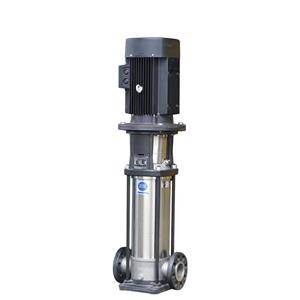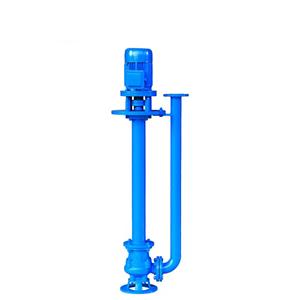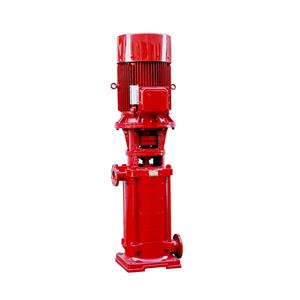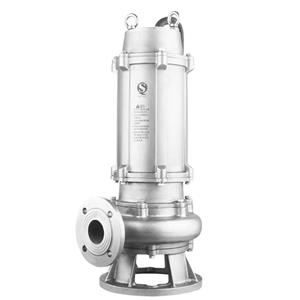-
In the world of industrial machinery, selecting the right pump is critical for optimizing performance and efficiency. Two common types—double-suction pumps and single-suction pumps—are widely used across industries such as water treatment, HVAC, and chemical processing. While they share similarities, their designs, functionalities, and applications differ significantly. Let’s explore these distinctions to guide your decision-making.
-
As modern industries continue to evolve, the future of industrial pumps holds great promise and challenges. One of the significant trends is the increasing demand for more energy - efficient and sustainable pumps. With the growing global focus on reducing carbon emissions and conserving energy, industries are looking for pumps that can operate with minimal power consumption. This will drive further research and development in pump technologies, such as the improvement of motor efficiency and the optimization of pump designs to reduce internal losses.
-
The physical layout and space constraints within industrial facilities can present significant challenges when it comes to installing pumps. In many cases, standard - sized and - shaped pumps may not fit into the available space or may not be able to function optimally due to the surrounding infrastructure. This is where custom industrial pumps offer a practical and efficient solution.
-
The construction and materials used in fire pumps and ordinary pumps are distinct, reflecting their different operating conditions and performance requirements.
-
Pumps are integral to various industries and daily life, with fire pumps and ordinary pumps serving distinct purposes. Understanding their differences is crucial for proper system design and safety.
-
While energy metrics grab headlines, MTBF (Mean Time Between Failures) and failure consequences define real-world pump value. This risk-based analysis contrasts oil and water pumping systems through reliability engineering lenses.
-
Material selection significantly impacts pump performance in corrosive, abrasive, and high-temperature environments. This section explores metallurgical properties, surface treatments, and structural design considerations.
-
The pump industry is a cornerstone of modern infrastructure, playing a critical role in various sectors such as water supply, wastewater treatment, oil and gas, agriculture, and manufacturing. As global demands for efficiency, sustainability, and technological innovation continue to rise, the pump industry is undergoing significant transformations. This article explores the future directions of the pump industry, focusing on key trends such as energy efficiency, digitalization, sustainability, advanced materials, and customization.
-
As industries continue to evolve, so too does the technology that supports them. Pumps, being critical components in various industrial processes, are no exception. Both single-stage and multi-stage pumps are undergoing advancements that aim to improve their efficiency, reliability, and sustainability. This article will explore the future trends in single-stage and multi-stage pump technology, highlighting the innovations that are shaping the future of these essential devices.
-
Implementing a preventive maintenance strategy is essential for ensuring the long-term reliability and efficiency of screw pumps. By analyzing real-world examples and data, we can develop effective maintenance practices that minimize downtime and extend the pump's lifespan.




